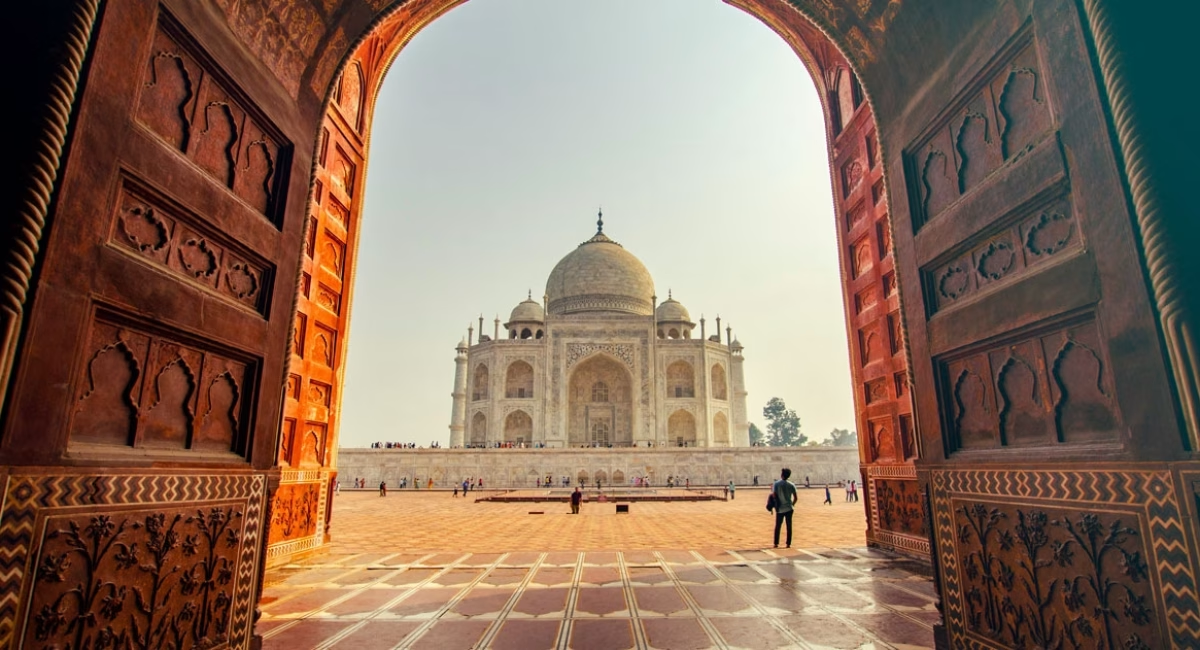Is It Safe to Travel to India Right Now?
After an escalation in tensions between India and Pakistan, this is the situation on the ground and what travelers, including Globe Aware volunteers, should know.
Is It Safe to Travel to India Right Now?
After an escalation in tensions between India and Pakistan, this is the situation on the ground and what travelers should know.
On May 7, 2025, India launched Operation Sindoor, a series of military strikes against what India’s military referred to as “terrorist infrastructure” in Pakistan. Pakistan retaliated, and there was intense and escalating artillery fighting between the two countries at the border and at naval bases in the Indian Ocean. On May 10, a cease-fire between the nations was announced. Unfortunately, the cease-fire was violated shortly thereafter, with artillery attacks continuing for a few more days. However, as of May 12, firing has stopped at both the international border and the LOC (Line of Control), which is in the disputed territory of Jammu and Kashmir.
India’s missile attacks on Pakistan came in response to a terrorist attack on tourists in Kashmir’s Pahalgam district on April 22, 2025. Militants armed with assault rifles entered Baisaran valley, a popular tourist spot, and 26 civilians were killed. It is considered the deadliest attack against Indian civilians since the 2008 Mumbai terror attacks. India’s government, led by Prime Minister Narendra Modi, decided to take military action against Pakistan, which it has accused of state-sponsored terrorism for decades.
“The escalated skirmishes on the border are now over, and the cease-fire is holding,” says Jamshyd Sethna, owner of Banyan Tours, a top destination management company, and Shakti Himalaya, a luxury travel company focusing on the Indian Himalayas. “From our perspective, it is perfectly safe to be traveling to India—and thankfully it has had no impact on our bookings. Our companies also operate in the Union Territory of Ladakh, and things are running as normal there, too.” (Ladakh is in northern India along the western edge of the Himalayas and about 300 miles east of Pahalgam in Kashmir.)
Sethna added, “We understand that with the media coverage, there will be nervousness, but it’s perfectly safe to travel as all Western government advisories would attest, except for Kashmir valley, which, anyway, has been off the travel list for most international travelers for years now. We are grateful that it was brought under control so quickly.”
The U.S. government last updated its travel advisory for India on July 23, 2024, and since then, it has remained at level 2. However, the union territory of Jammu and Kashmir has an existing level 4 advisory due to terrorism and civil unrest (except the Ladakh region), dating to before the recent events, and the U.S. has prohibited its personnel from traveling there. The U.S. State Department also warns against travel within 10 kilometers (6.2 miles) of the India-Pakistan border, noting the potential for armed conflict and the region’s existing level 4 advisory.
“India as a whole continues to be a safe and welcoming destination for travelers, despite the current political climate,” says Katy Andrews, Asia regional specialist at Berkeley, California-based global tour operator Wilderness Travel. “At Wilderness Travel, we are actively operating trips across the country, including the central and eastern regions of Ladakh.”
Andrews noted that the company is not currently operating any trips in Jammu and Kashmir, and she “would advise tourists to avoid the border areas. However, the Union Territory of Ladakh has remained peaceful, stable, and welcoming to visitors.”
“Of course, in any time of military conflict, situations can change rapidly, so it’s important to stay up to date with current events and state travel advisories and to travel with tour operators and guides who are experienced and reputable,” adds Andrews.
Thirty-two airports, mainly across northern India, had temporarily closed due to the conflict but reopened after the cease-fire. Many internal flights within northern India were canceled for safety reasons, but air travel has now resumed normally. The southern, central, and eastern parts of the country did not see any changes in flight schedules or experience any safety issues in relation to the recent India-Pakistan clash.
“When the [clashes] broke out between India and Pakistan, I was experiencing some apprehension and anxiety regarding my travel to India on May 12, especially the transit through Mumbai,” says Suchorita Seth, a retired professional from Atlanta who is a U.S. citizen. “The Indian government kept closing more airports, and Mumbai airport was on high alert. However, my trip was thankfully uneventful, the only difference being an additional bag check in Mumbai. Now that I’m in Kolkata, it feels removed from the tensions on India’s northwestern border. People are keeping up with the news, however, and feelings of patriotism have emerged stronger than ever.”
Despite last week’s peace deal between the two countries, a long-term solution appears far from reach. The issue began when both countries became independent in 1947 and fought over which nation the state of Kashmir ought to be part of. Since then, there have been tense relations between India and Pakistan, and several wars have broken out. Türkiye has been vocal about its support for Pakistan in the wake of the border skirmishes, and India has severed ties with several of its businesses and universities.
While it’s still too soon to say how much and whether the recent rise in tensions will affect travel and tourism to India, the South Asian country had been on a growth path prior to this recent uptick in violence. India welcomed 9.52 million foreign tourists in 2023, nearly reaching pre-pandemic levels, with 10.93 million foreign tourist arrivals reported in 2019. The country’s tourism minister recently announced plans to double India’s foreign tourist arrivals to 25 million over the next five years. Time will tell how realistic that projection is.


0 Comments